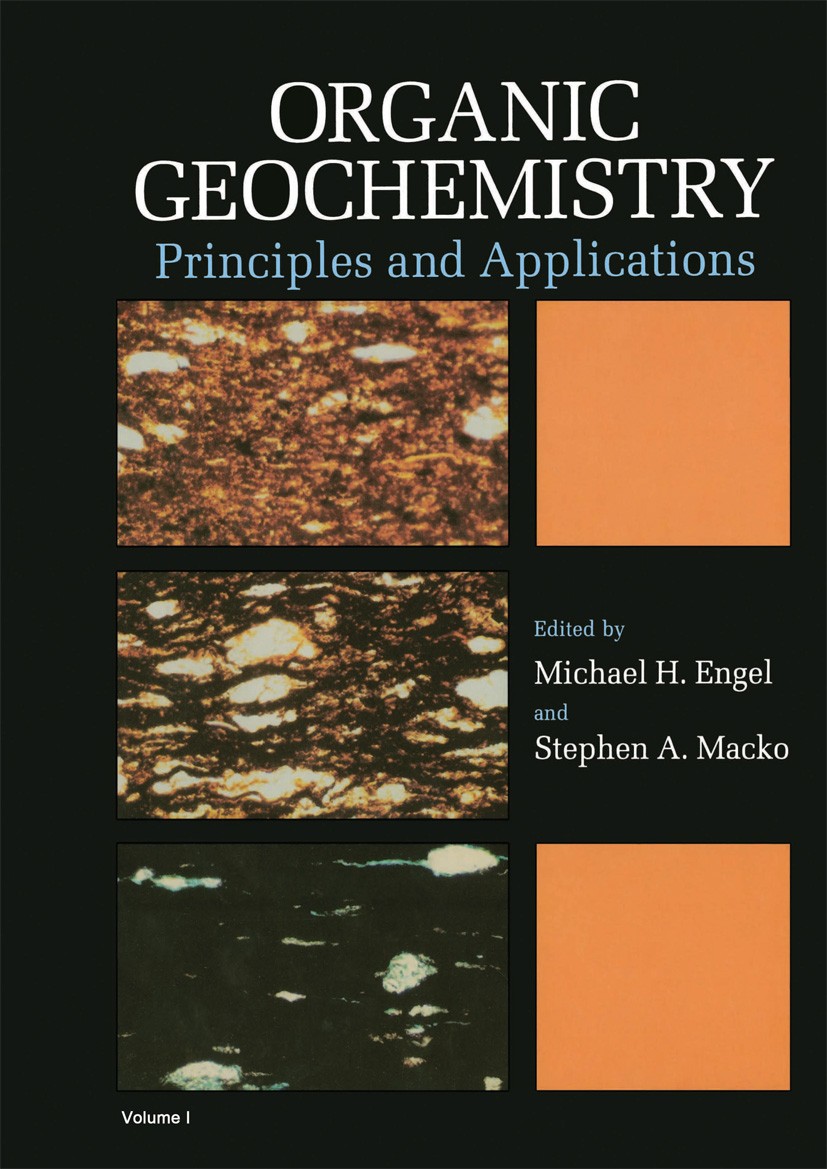Nanometer-scale relationships between sedimentary organic matter molecular composition, fluorescence, cathodoluminescence, and reflectance: The importance of oxygen content at low thermal maturities
IF 2.5
3区 地球科学
Q2 GEOCHEMISTRY & GEOPHYSICS
引用次数: 0
Abstract
Molecular characterization of sedimentary organic matter (SOM), termed macerals, is a common goal when seeking to understand petroleum generation as well as other geologic processes in deep time. However, unambiguous measurement of discrete macerals is challenging due to the small size of organic particles in sedimentary rocks, the proximity of different organic matter types to one another, mineral-organic matter interactions, and maceral mixing that occurs during SOM isolation prior to ex situ analysis. The recent advent of infrared spectrometers capable of nanometer-scale resolution and the application of these technologies to geologic samples has enabled advances in rapid, in situ molecular characterization of SOM allowing for insights into paleoenvironmental processes, such as organic matter productivity and preservation, among others. Here we employ one such technology, optical photothermal infrared (OPTIR) spectroscopy, to map SOM functional group distributions at 500-nm resolution in a sample from the Lower Cretaceous Sunniland Limestone of the South Florida Basin. Examined fields of view include occurrences of amorphous organic matter (AOM), inertinite, micrinite, solid bitumen, telalginite, and vitrinite. OPTIR data from these macerals are compared against traditional organic petrographic data from the same organic grains including fluorescence intensity and white light reflectance as well as against cathodoluminescence response, an emerging organic petrographic approach. Maceral oxygen content (using carbonyl functional group abundance as a proxy) is observed to vary widely between maceral types but correlates strongly with fluorescence and cathodoluminescence intensity as well as against reflectance. These findings highlight the important role that oxygen content plays in determining the optical properties of SOM and further demonstrate the ability of OPTIR to discriminate subtle molecular differences between SOM types.
沉积有机质分子组成、荧光、阴极发光和反射率的纳米尺度关系:低热成熟度下氧含量的重要性
沉积有机质(SOM)的分子表征,被称为显微组分,是寻求了解石油生成以及其他深时间地质过程的共同目标。然而,由于沉积岩中的有机颗粒尺寸小,不同有机质类型彼此接近,矿物-有机质相互作用,以及在移地分析之前的SOM分离过程中发生的显微成分混合,因此对离散显微组分进行明确的测量是具有挑战性的。最近出现的具有纳米级分辨率的红外光谱仪,以及这些技术在地质样品中的应用,使得SOM的快速、原位分子表征取得了进展,从而可以深入了解古环境过程,如有机质生产力和保存等。本文采用光学光热红外(OPTIR)光谱技术,在500 nm分辨率下绘制了南佛罗里达盆地下白垩纪Sunniland石灰岩样品中的SOM官能团分布。研究的视野包括无定形有机物(AOM)、惰质岩、微晶岩、固体沥青、藻蓝质岩和镜质组的出现。将这些矿物的OPTIR数据与来自相同有机颗粒的传统有机岩石学数据进行比较,包括荧光强度和白光反射率,以及阴极发光响应(一种新兴的有机岩石学方法)。显微组分氧含量(使用羰基官能团丰度作为代理)在显微组分类型之间变化很大,但与荧光和阴极发光强度以及反射率密切相关。这些发现强调了氧含量在决定SOM光学性质中的重要作用,并进一步证明了OPTIR能够区分SOM类型之间细微的分子差异。
本文章由计算机程序翻译,如有差异,请以英文原文为准。
求助全文
约1分钟内获得全文
求助全文
来源期刊

Organic Geochemistry
地学-地球化学与地球物理
CiteScore
5.50
自引率
6.70%
发文量
100
审稿时长
61 days
期刊介绍:
Organic Geochemistry serves as the only dedicated medium for the publication of peer-reviewed research on all phases of geochemistry in which organic compounds play a major role. The Editors welcome contributions covering a wide spectrum of subjects in the geosciences broadly based on organic chemistry (including molecular and isotopic geochemistry), and involving geology, biogeochemistry, environmental geochemistry, chemical oceanography and hydrology.
The scope of the journal includes research involving petroleum (including natural gas), coal, organic matter in the aqueous environment and recent sediments, organic-rich rocks and soils and the role of organics in the geochemical cycling of the elements.
Sedimentological, paleontological and organic petrographic studies will also be considered for publication, provided that they are geochemically oriented. Papers cover the full range of research activities in organic geochemistry, and include comprehensive review articles, technical communications, discussion/reply correspondence and short technical notes. Peer-reviews organised through three Chief Editors and a staff of Associate Editors, are conducted by well known, respected scientists from academia, government and industry. The journal also publishes reviews of books, announcements of important conferences and meetings and other matters of direct interest to the organic geochemical community.
 求助内容:
求助内容: 应助结果提醒方式:
应助结果提醒方式:


